CGI is a crucial part of filmmaking nowadays, and almost every movie uses this technology somehow. Sometimes, it’s subtle and barely noticeable, but other times, there are films with so much CGI that it becomes unbearable. While CGI has come a long way and has led to some amazing scenes that wouldn’t be possible without it, certain movies were overloaded with CGI, which hurt things overall.
The Mummy Returns
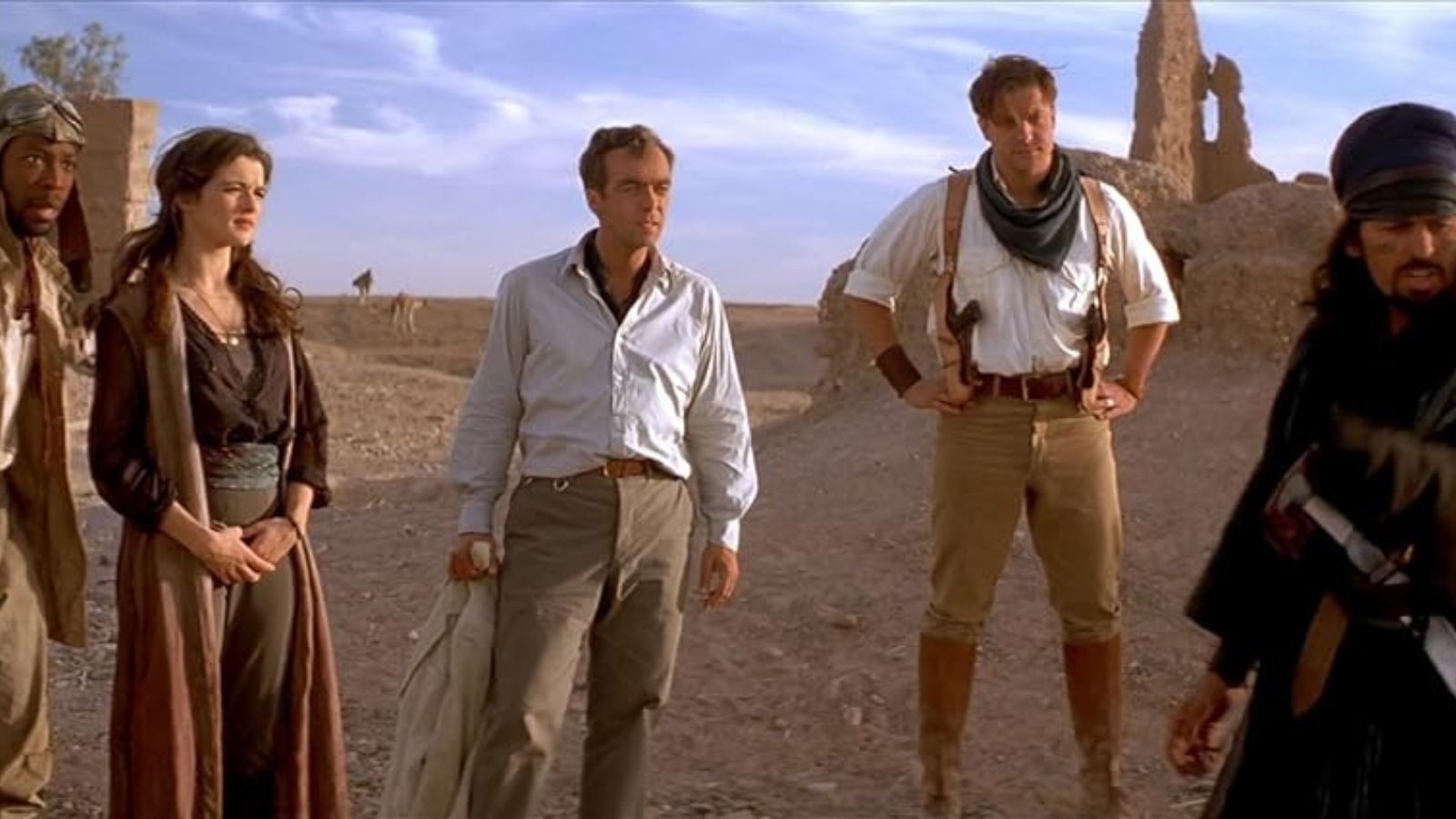
One of the most notorious examples of CGI being used is in The Mummy Returns. The infamous clip of Dwayne Johnson becoming the Scorpion King has been ridiculed and mocked for years due to how poor it looked. While people were still learning about what CGI could do at that point, this seemed so unrealistic that it took away from everything else, with this being the main moment people recall from the film.
Star Wars: Episode I – The Phantom Menace
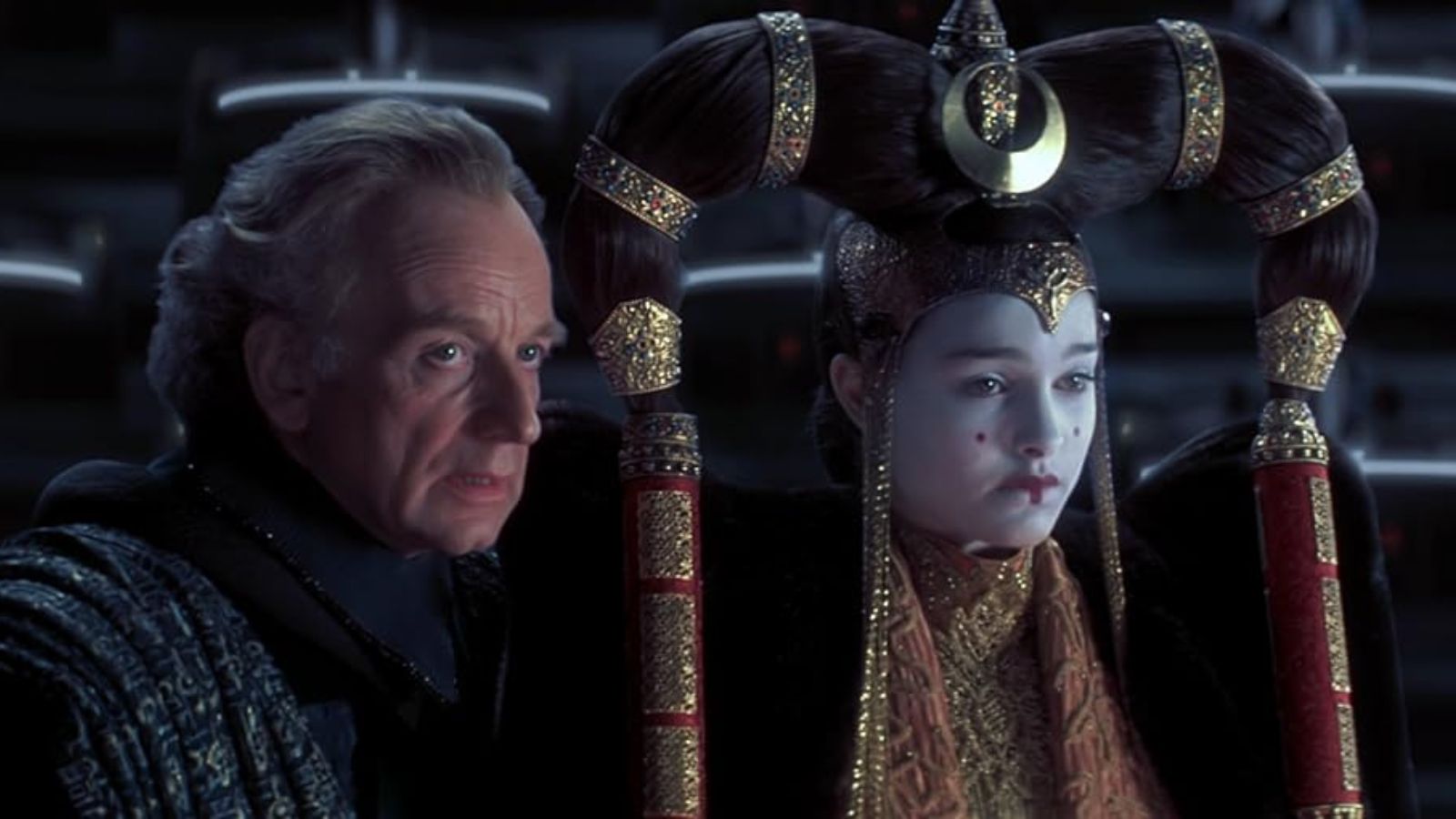
One of the reasons the original Star Wars trilogy was so popular was the number of amazing practical effects used. It helped to make the planets feel even more vibrant, but that all changed with the prequels. All three movies used excessive CGI, which many fans felt took away from the franchise’s charm. The introduction of a character purely created by CGI in Jar Jar Binks didn’t help matters, as audiences felt cheated by the lack of practical moments.
Green Lantern
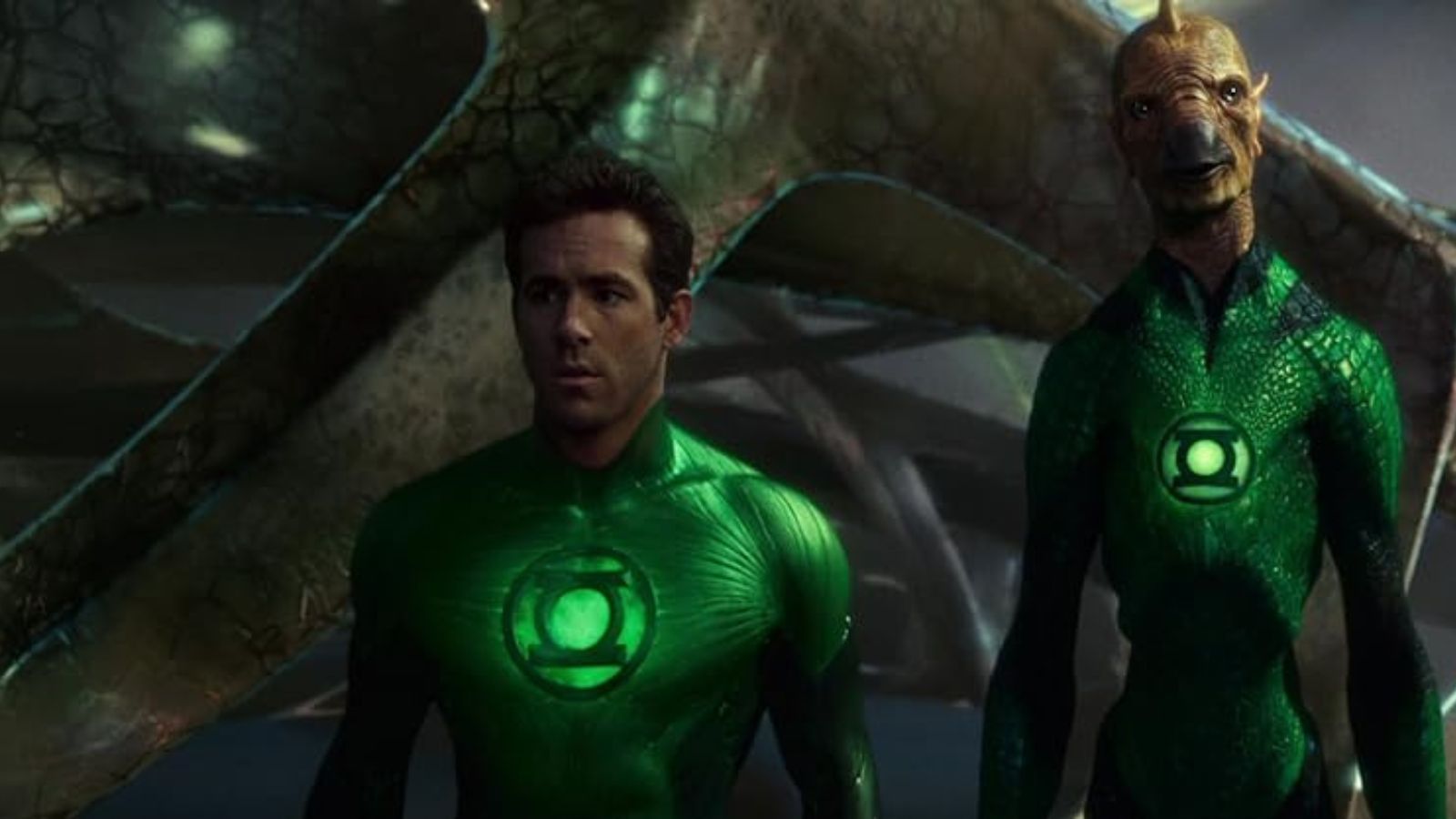
Another film that relied too much on CGI was Green Lantern, a movie that’s been mocked ever since its release. Despite Ryan Reynolds’ charm, the amount of CGI used in this one just made everything feel fake. While it’s hard to make superhero movies feel grounded in reality, the CGI in this took people too far out. The fact that CGI made his suit felt like a mistake rather than using a costume, with the over-reliance on special effects leading to a lot of criticism.
Justice League
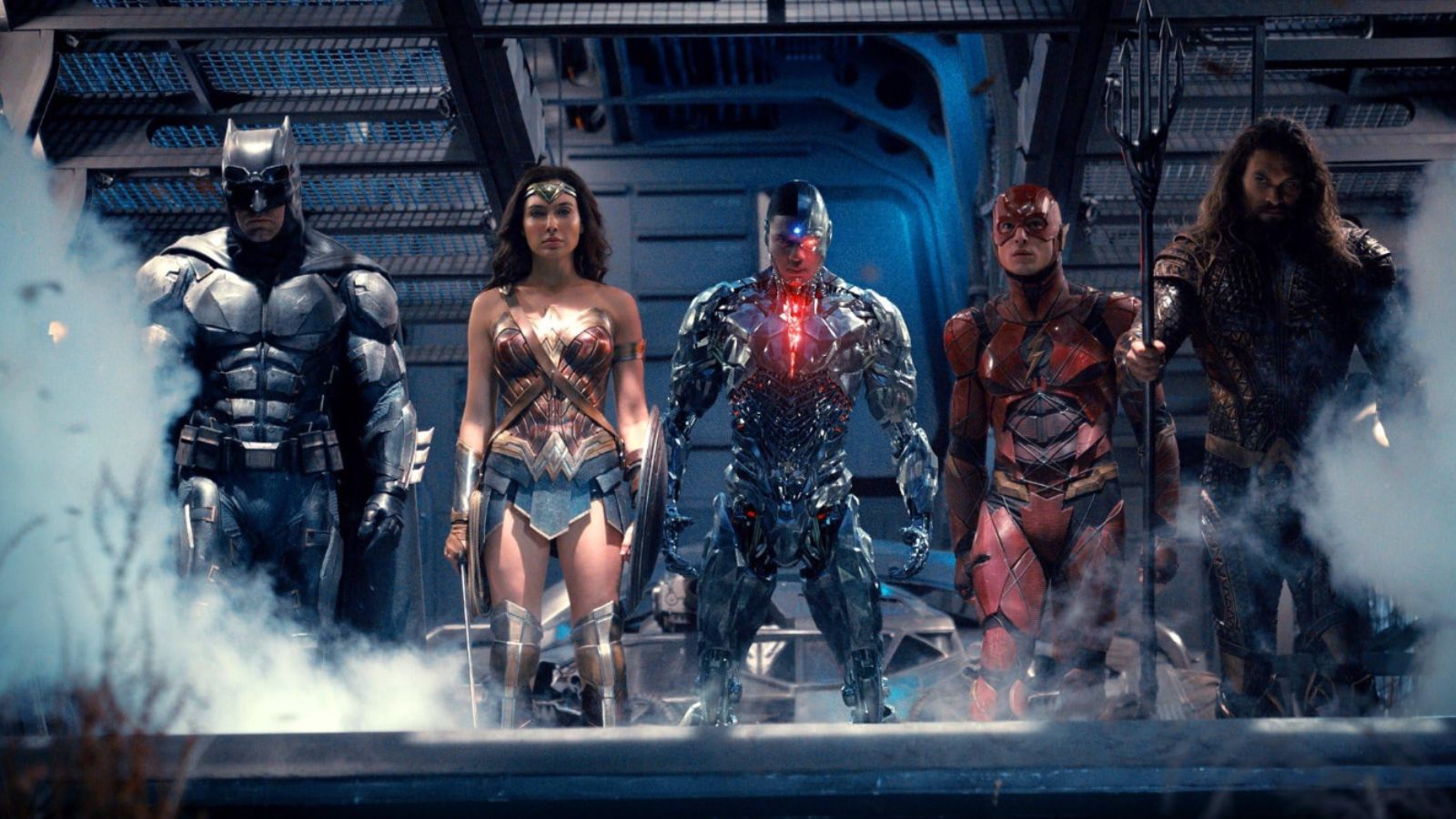
The 2017 release of Justice League faced issues regarding how much CGI it used. This was particularly clear on the villain, Steppenwolf. While people go into superhero movies expecting to see CGI as needed to bring things to reality, when it’s over-the-top or doesn’t feel convincing, as was the case here, it’s easy for people not to watch the whole thing.
The Hobbit Trilogy
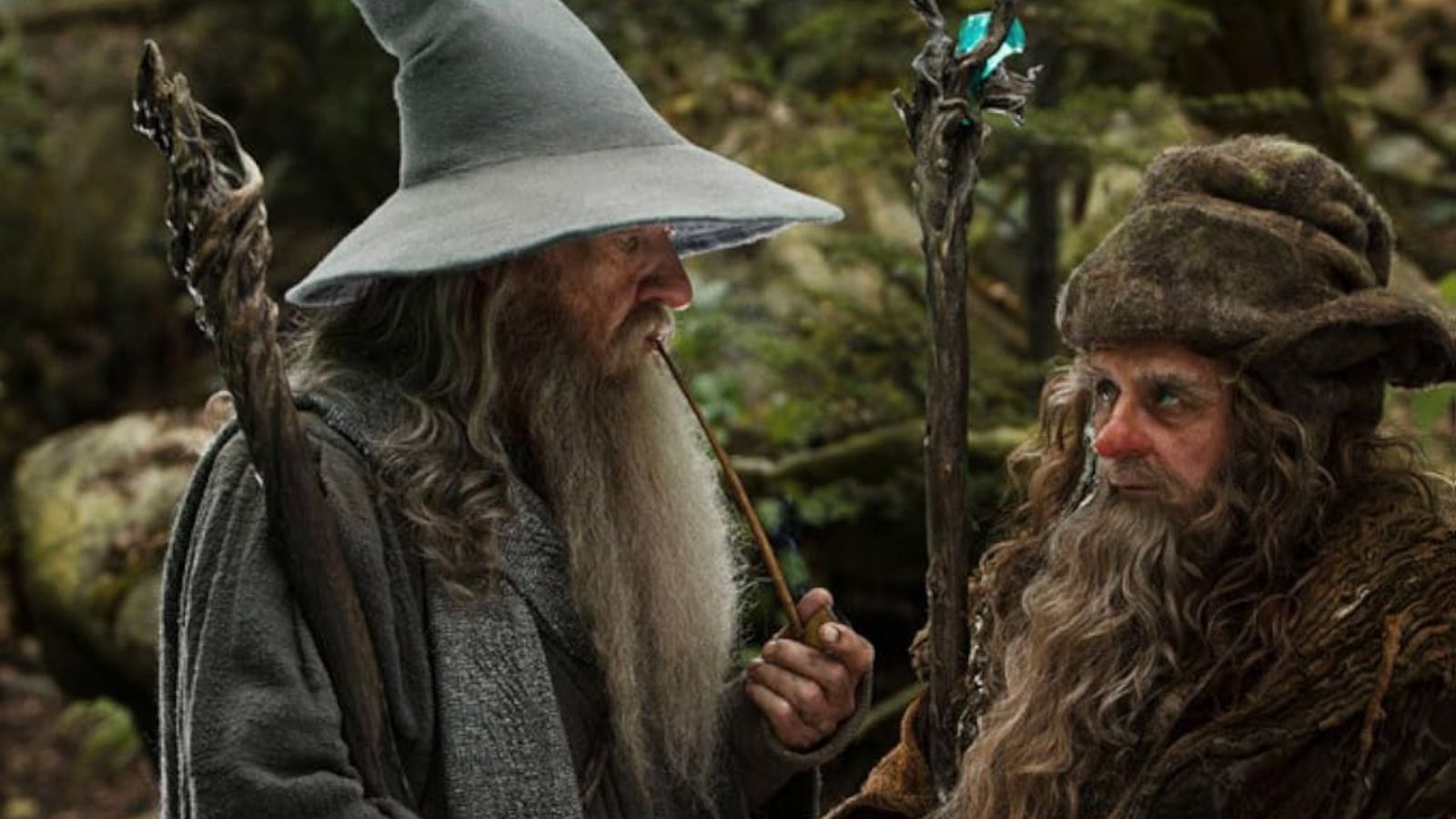
The Lord of the Rings trilogy did use CGI, but Peter Jackson relied upon this technique too often in The Hobbit trilogy. From Smaug, the dragon, to the unconvincing melted gold, audiences wanted to see more practical effects in these movies, and the trilogy was hurt for not having that.
Cats

Bringing the iconic musical stage show Cats to the big screen would always be challenging. On stage, the actors are dressed as cats in leotards, but that would never work for a movie. What happened was one of the worst examples of CGI in a big-budget film ever. With problems over the digital fur, every character looked ridiculous, opening Cats up to being mocked forever.
The Polar Express
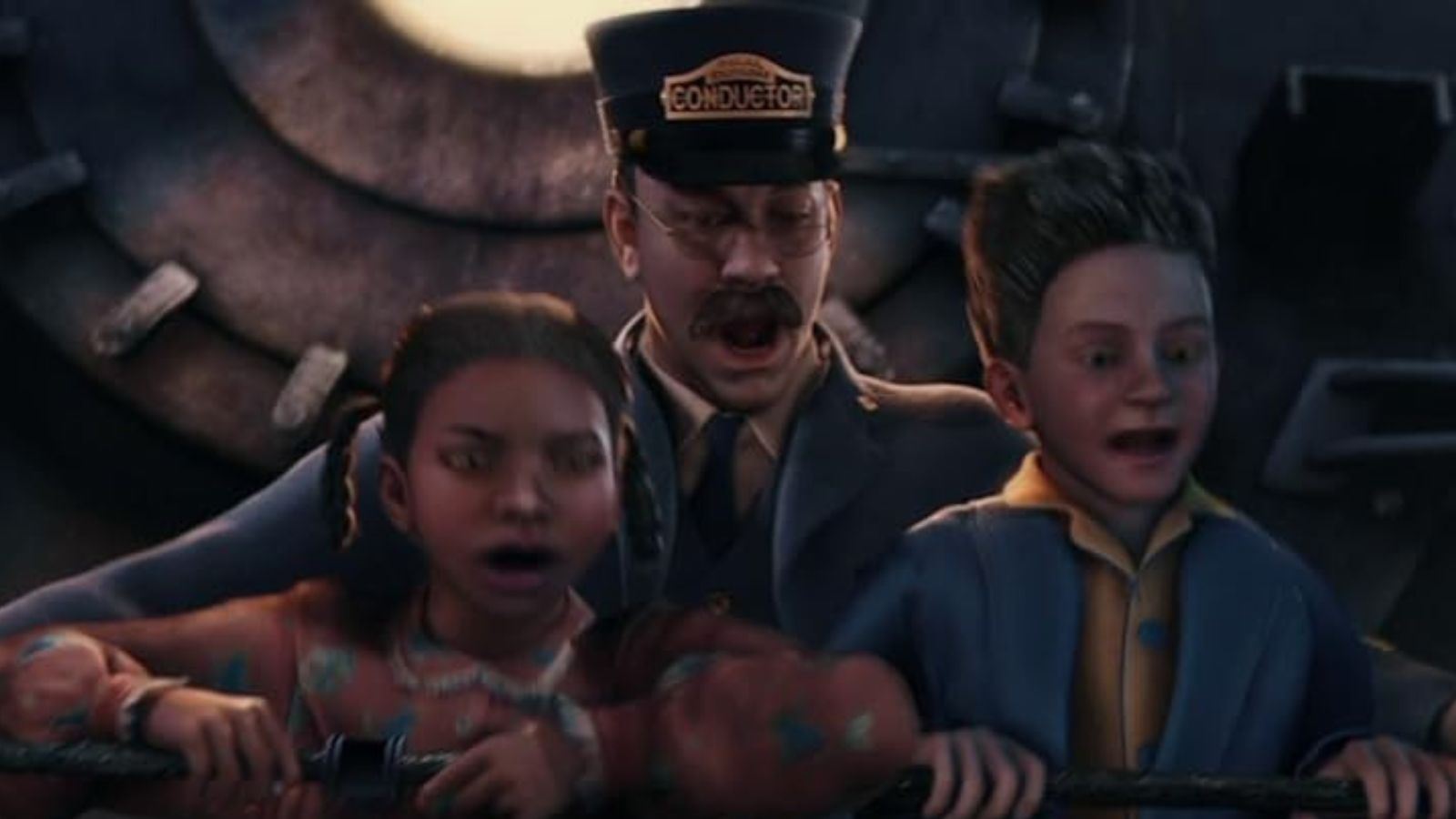
The Polar Express is a charming festive movie that used the motion capture technology available at the time. Unfortunately, not all of that worked. While Tom Hanks’ conductor character looks great, some of the children provide visuals that feel better suited to a horror movie.
I Am Legend

When a horror movie relies on CGI to make its characters scary, it’s important to get it right. That’s where I Am Legend struggled, as the vampires in this one simply don’t look good enough. The rendering is off, making them not appear frightening, which takes away from the whole movie.
Van Helsing
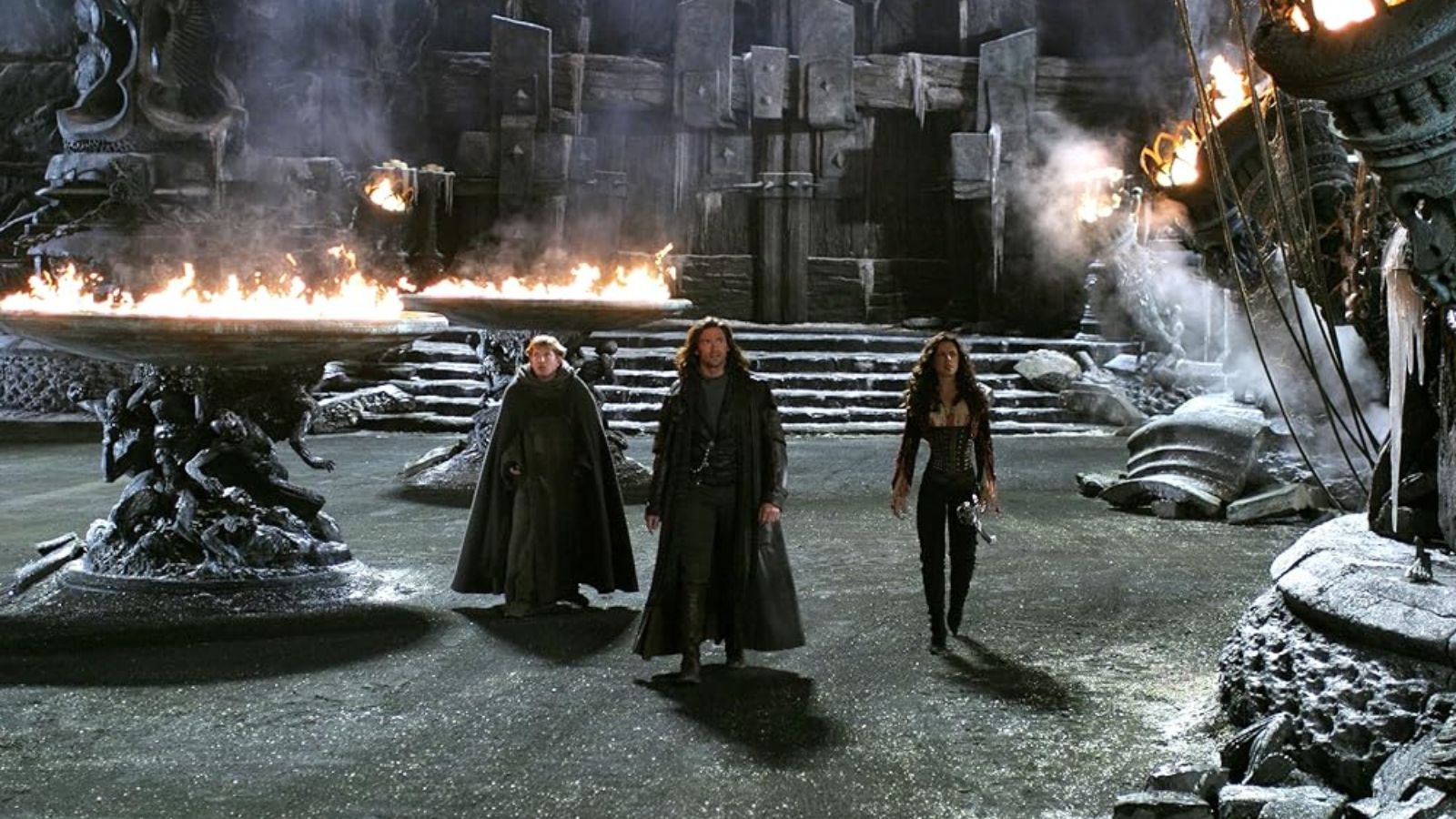
Featuring Hugh Jackman battling various supernatural foes, Van Helsing attempted to create some genuinely scary monsters. The problem was that a lot didn’t work, and the overuse of CGI for the action sequences led to a movie that felt more like a spectacle than a coherent story, trying to showcase technology rather than entertain.
Blade II

Blade II included groundbreaking CGI for its time, but the extensive use of CGI during fight scenes resulted in a film that felt unrealistic in moments that should’ve been gritty and raw. As in other entries of the genre, the balance between practical effects and CGI could have been better managed.
The Chronicles of Narnia: The Lion, the Witch and the Wardrobe
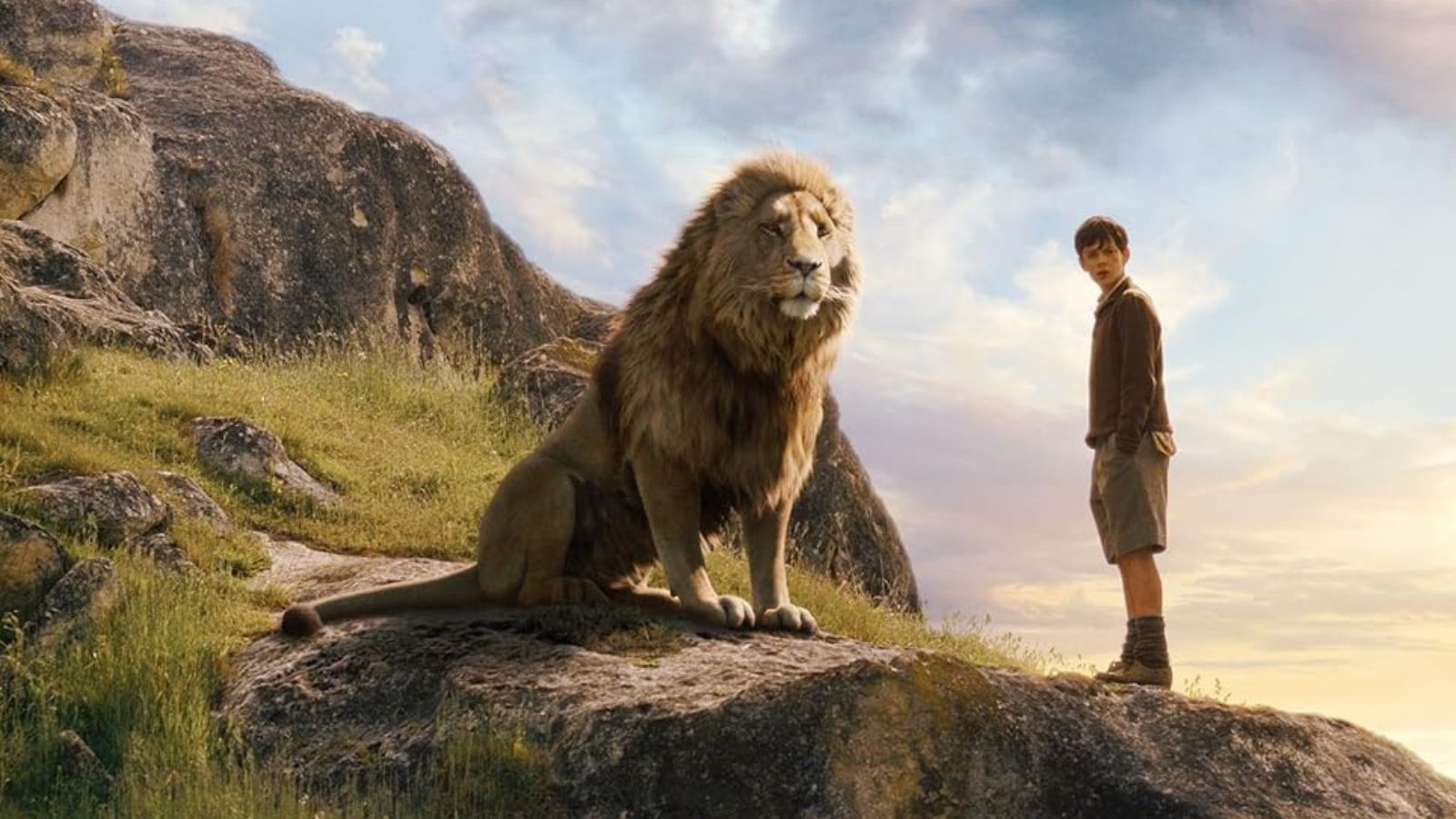
While beloved for its story and characters, The Chronicles of Narnia: The Lion, the Witch and the Wardrobe also faced criticism for its CGI. The blend of practical effects and CGI wasn’t always seamless, leading to moments that pulled viewers out of the magical world of Narnia.
Spider-Man 3
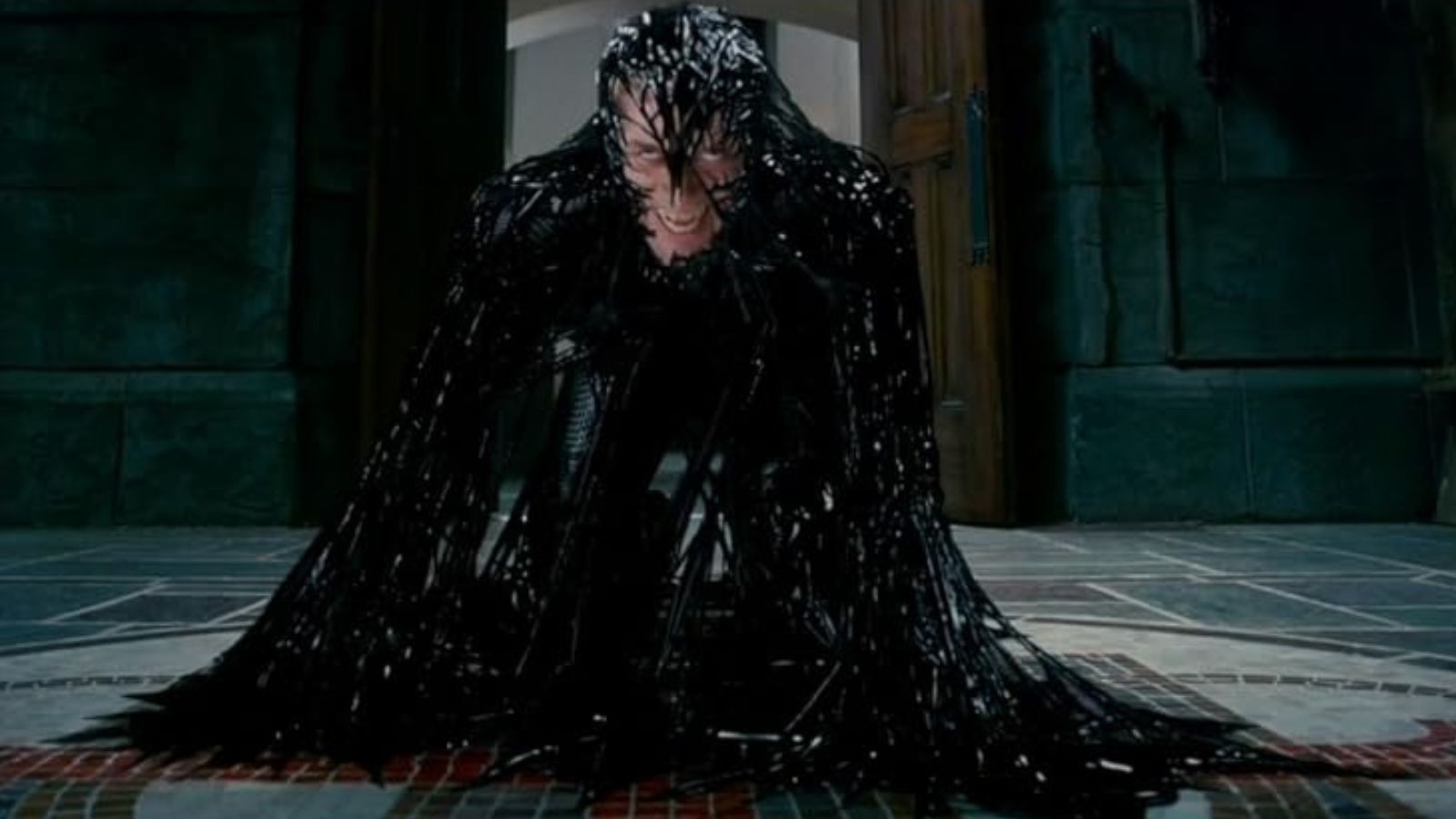
Spider-Man 3 had a lot going on all at once. Juggling multiple villains and complex special effects, it took on too much, and the film was hurt because of it. The CGI, particularly in portraying Venom, was seen as over the top and less effective than its predecessors’ more practical effects.
King Kong
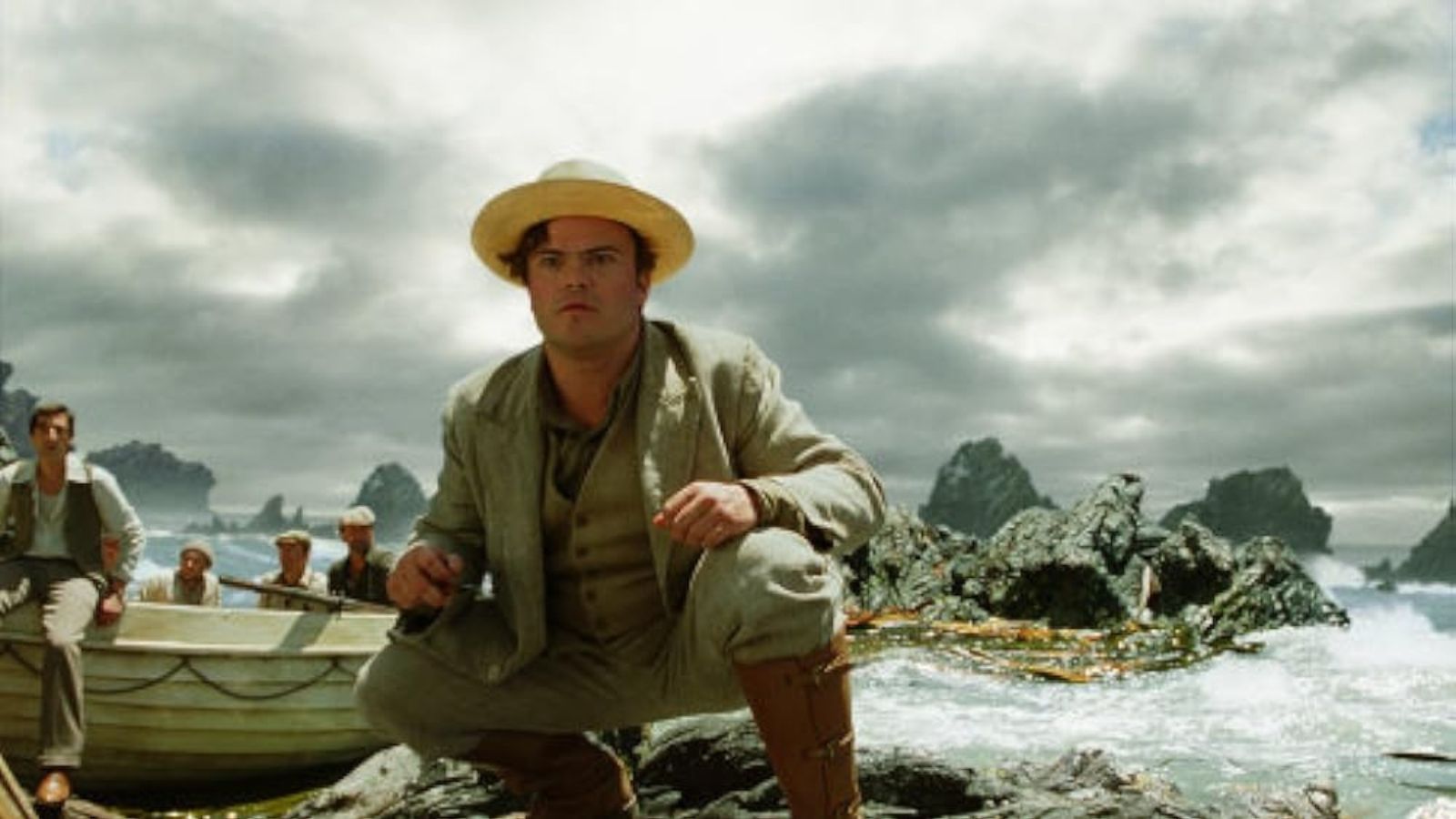
Peter Jackson’s King Kong was praised for its ambition but criticized for its overreliance on CGI. The sequences involving Kong himself were visually impressive but sometimes felt excessive, detracting from the story’s emotional core. However, the fact that CGI was used in so many other scenes, such as with the bugs, hurt the movie, as it made Kong feel less unique.
Transformers Series
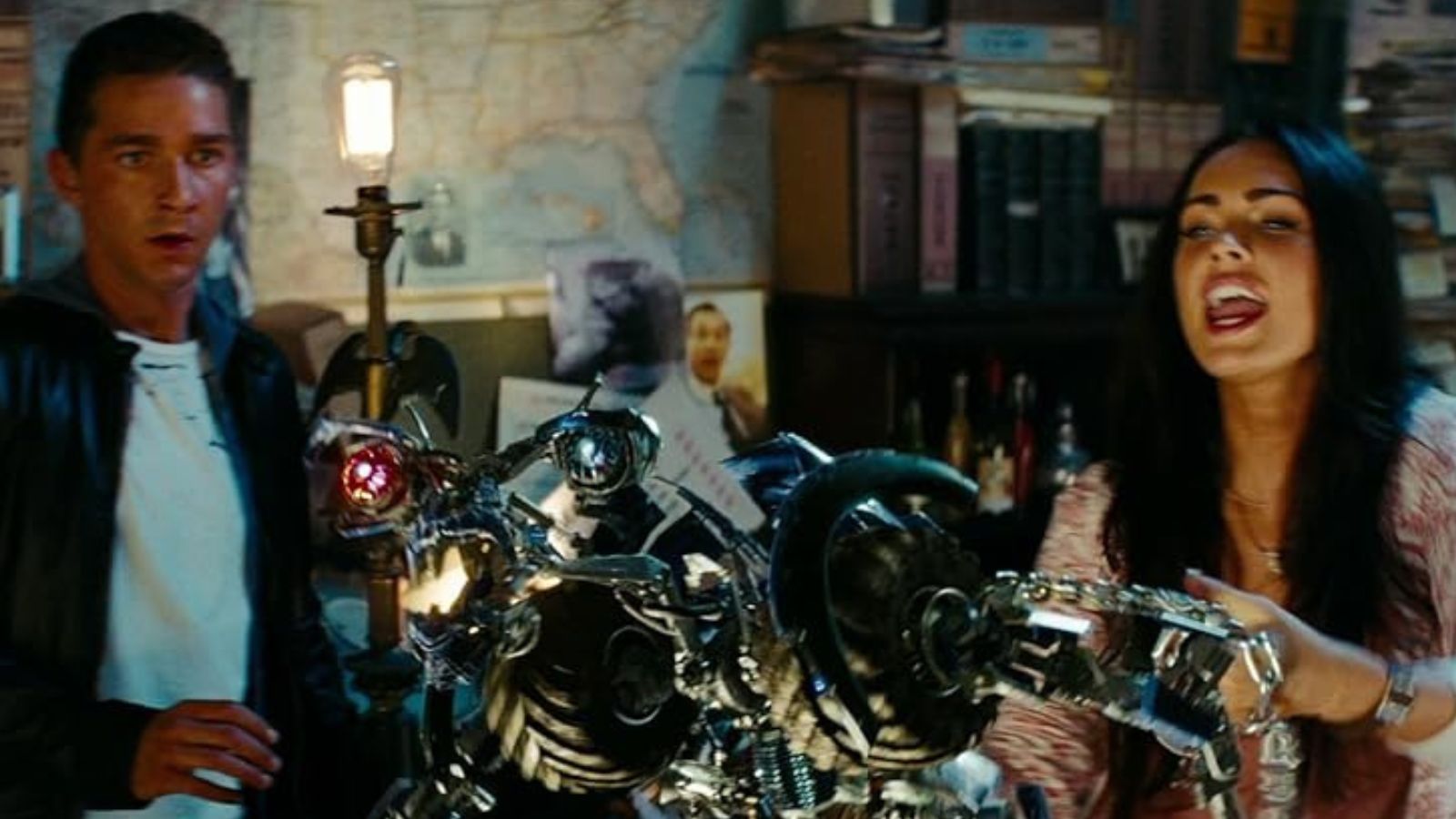
The Transformers franchise, starting with the 2007 film, is known for its heavy use of CGI. While the special effects are a central draw, many critics argue that the films rely too much on spectacle, often at the expense of plot and character development.
Avatar
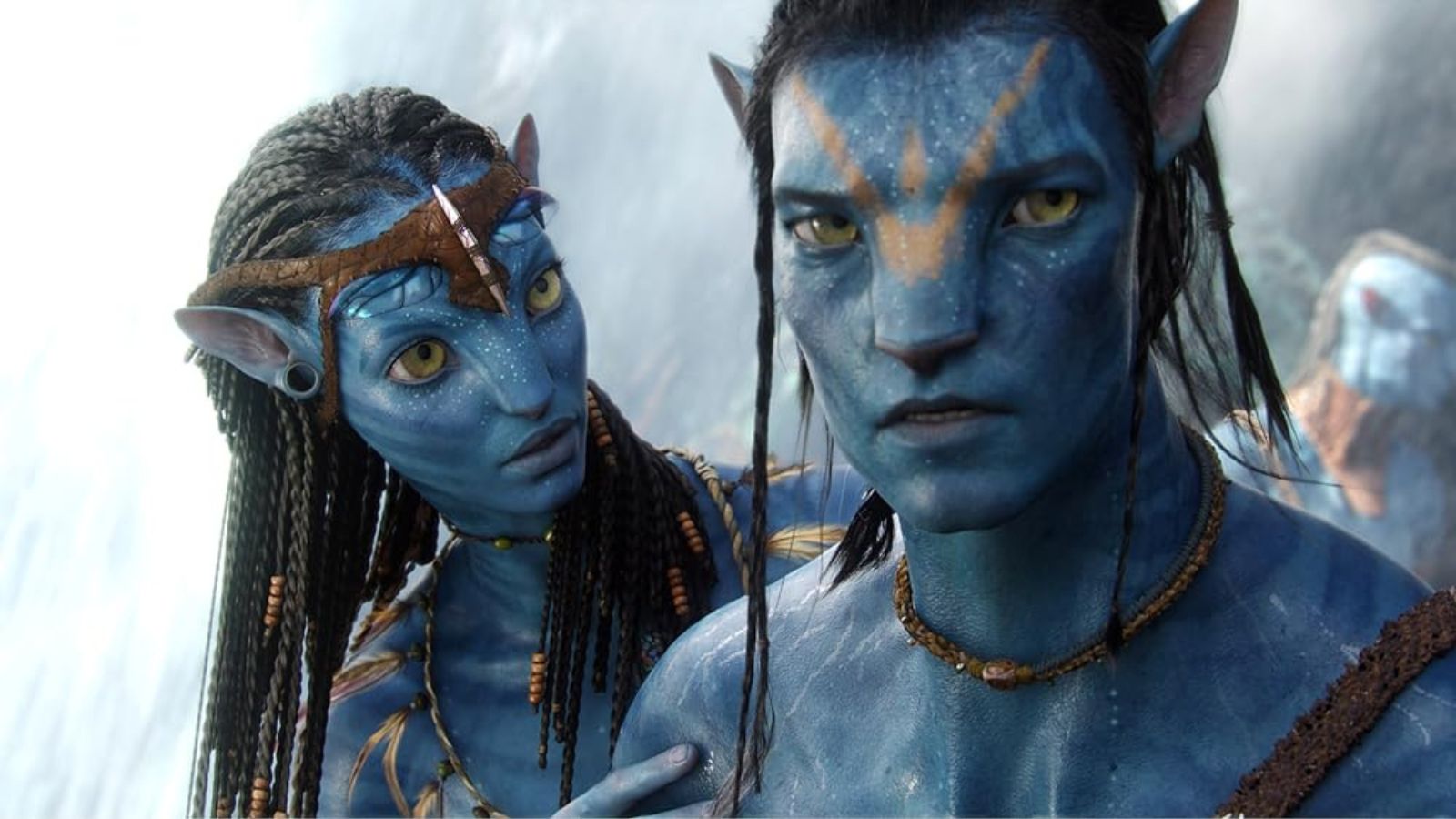
Few have gone as far as Avatar when it comes to pushing the boundaries of CGI technology, and it was celebrated for its visual achievements. But even though there are many beautiful moments, some viewers felt that the film’s heavy reliance on CGI made it feel more like a visual spectacle. The CGI took the main focus, which isn’t what people want from a movie.
Beowulf
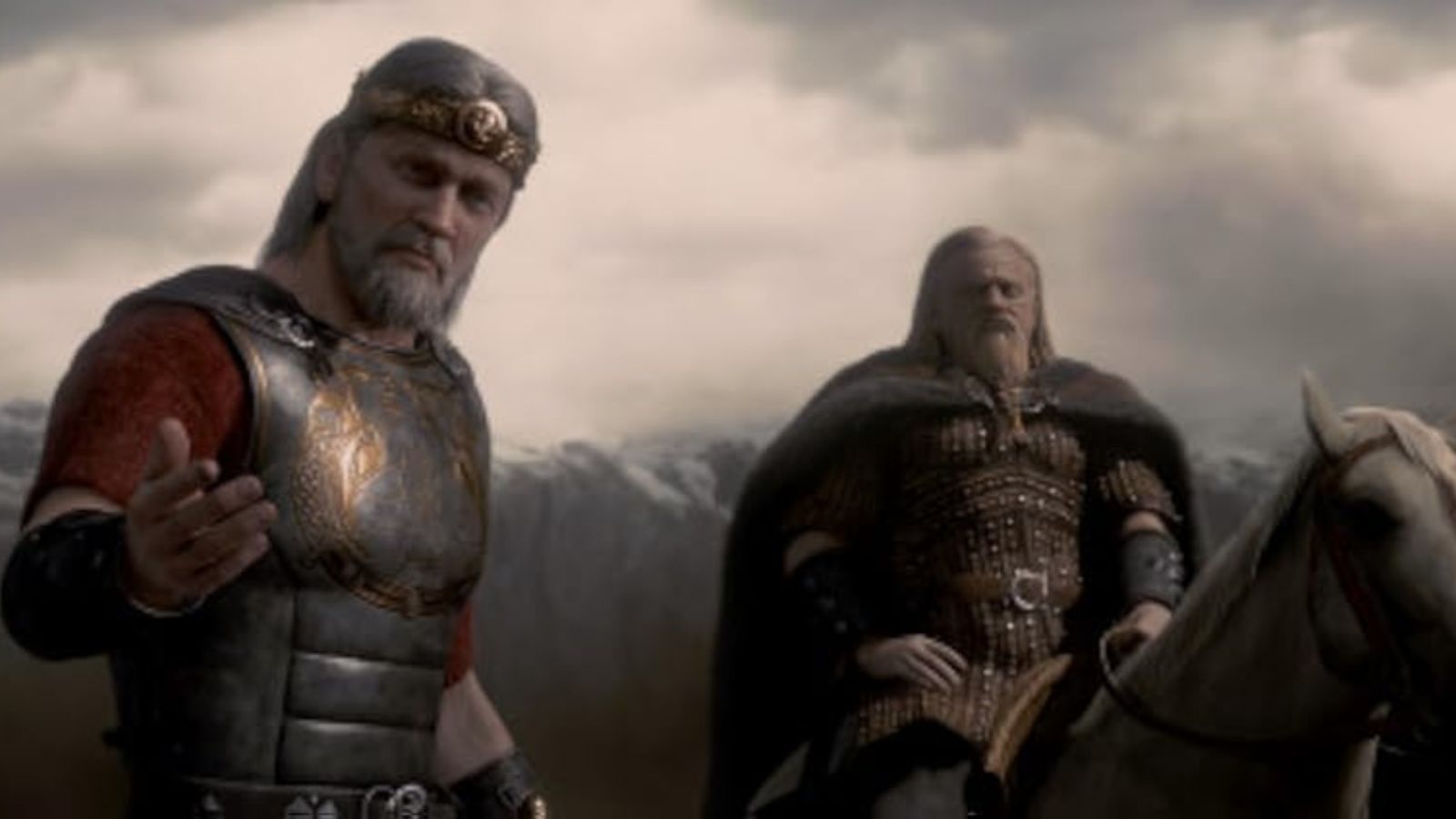
The motion capture CGI used in Beowulf was groundbreaking then, but it hasn’t aged well and now looks rather cheap. Even then, the new visual style wasn’t to everyone’s taste, with many people finding it unsettling.
The Lion King
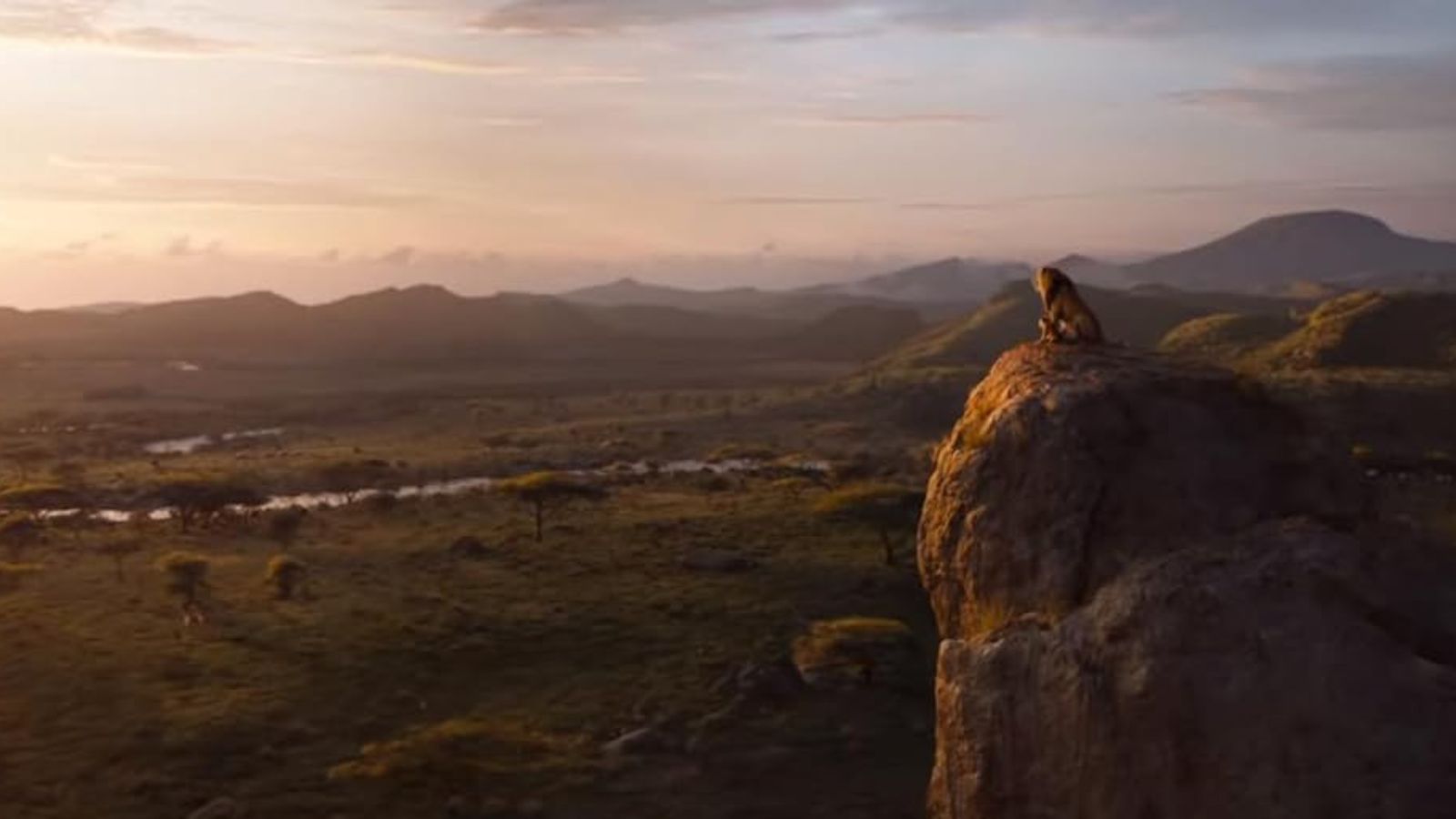
Disney’s 2019 remake of The Lion King used photorealistic CGI to recreate the beloved animated classic. While visually stunning, some critics and audiences felt that the hyper-realistic animation lacked the emotional expressiveness of the original hand-drawn characters.
A Wrinkle in Time
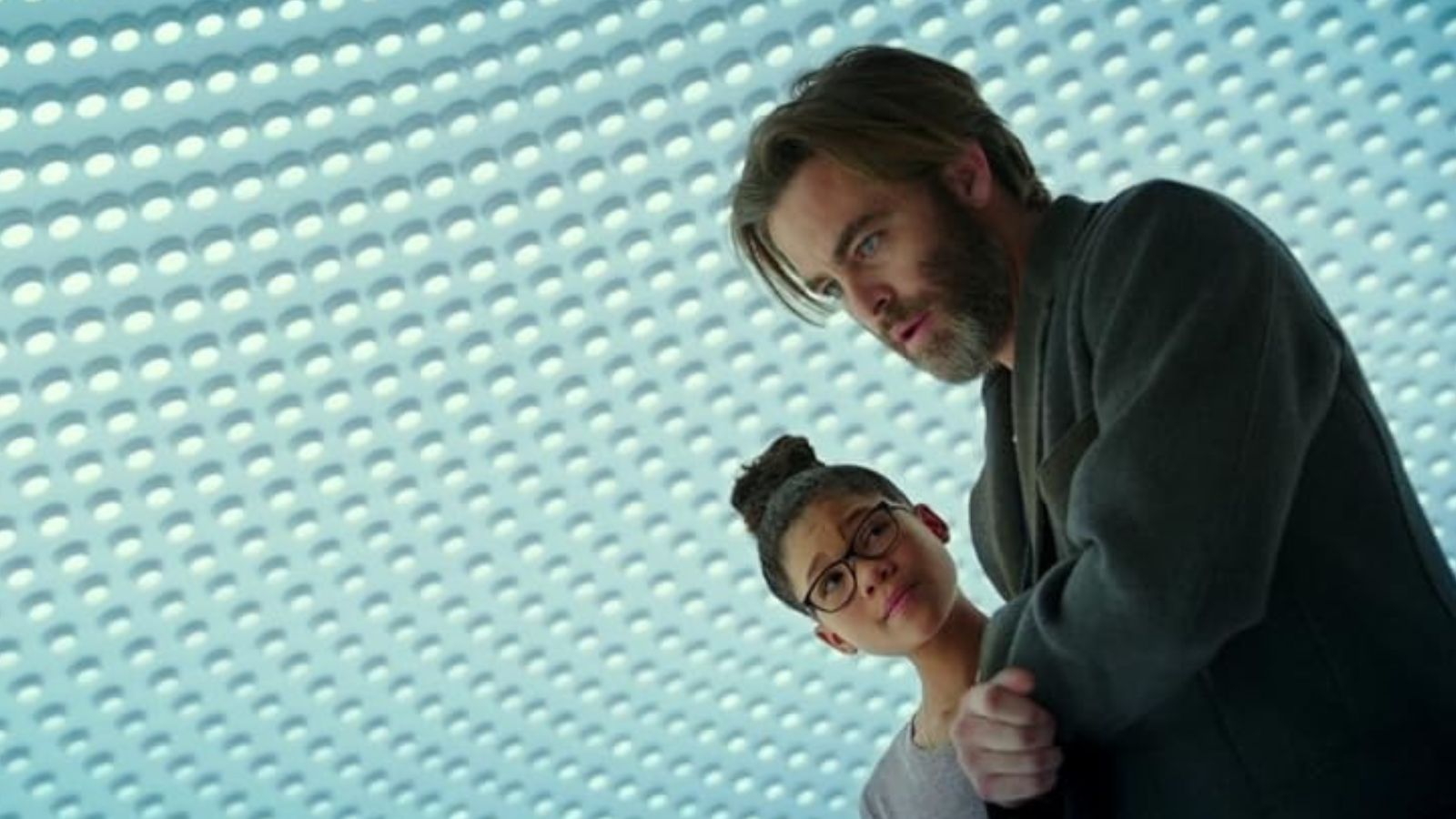
The 2018 adaptation of A Wrinkle in Time was a visual feast but received criticism for its overuse of CGI. Some saw the film’s special effects as overwhelming, overshadowing the story and character development.



